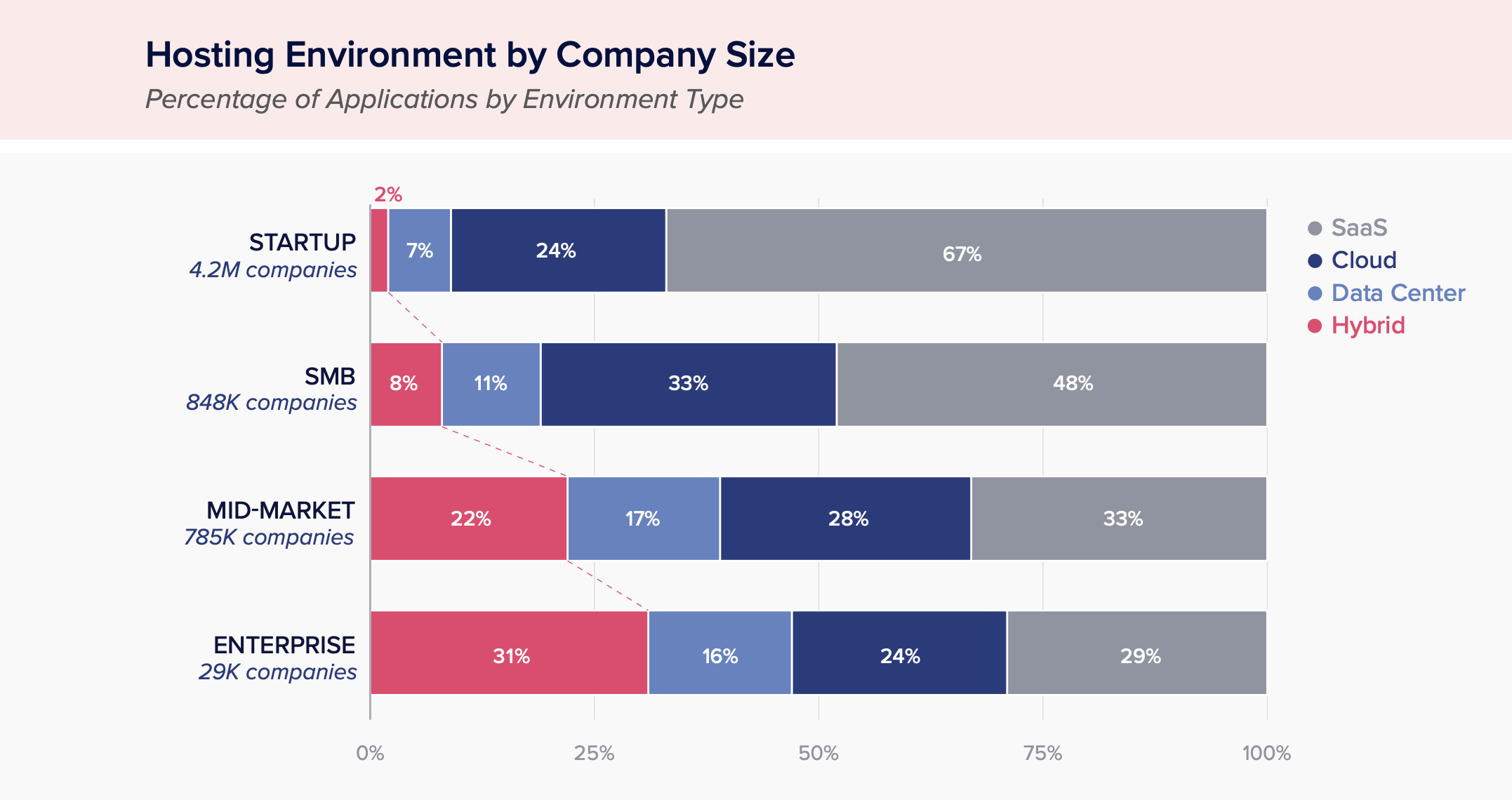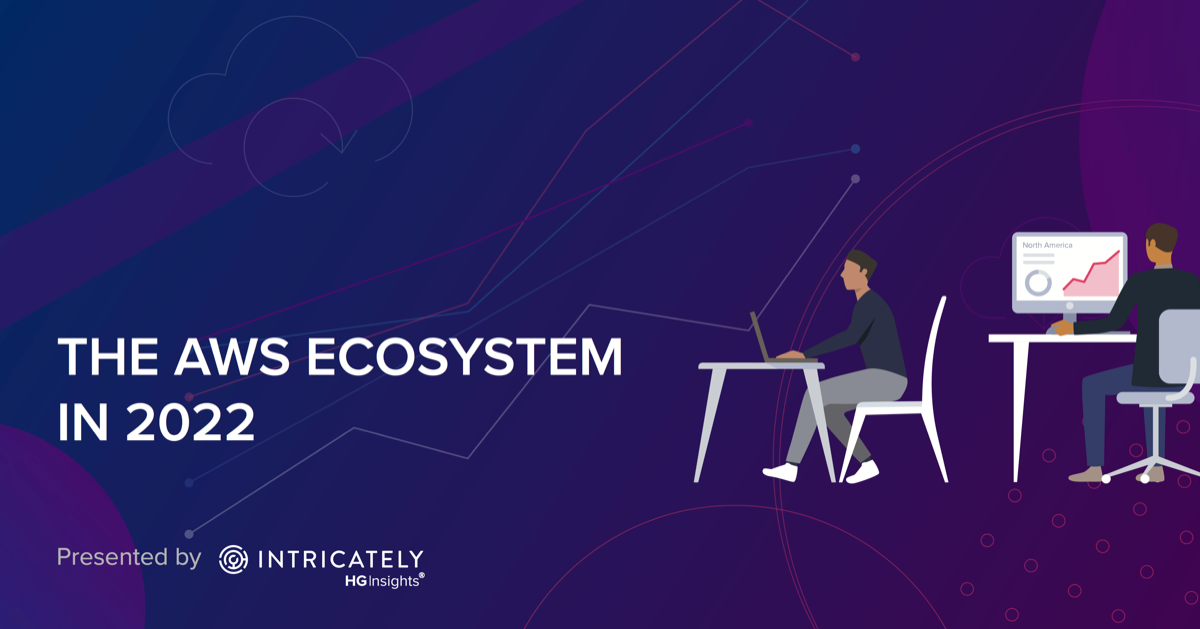
 back to all posts
back to all posts
Challenges and Opportunities for Open Source Managed Services (OSMS) Providers in 2022

Cloud-native app development is growing among companies of all sizes for a very simple reason: the cloud enables a more efficient and responsive app development process. Developing and deploying apps in the cloud allows for the “continuous deployment” of software, empowering companies to adapt quickly to evolving market and user demands.
Equally important, cloud-native apps take advantage of a growing ecosystem of tools, platforms, and managed services that facilitate app development, deployment, and maintenance. We’ll explore this mature cloud ecosystem in-depth, describing why it’s growing and how it presents massive sales opportunities for cloud service providers, especially those involved in open source managed services (OSMS).
Kubernetes: The open source platform enabling cloud-native applications
Open source software is code that is designed to be publicly accessible, meaning anyone can see, modify, and distribute the code as they deem fit. Developed in a decentralized, collaborative way, open source software relies on peer review and community production. As a result of its non-proprietary and collaborative nature, open source software is generally cheaper and more flexible.
The Kubernetes website describes Kubernetes, or K8s, as a “portable, extensible, open-source platform for managing containerized workloads and services, that facilitates both declarative configuration and automation.”
Kubernetes was open sourced by Google in 2014 and it plays a central role in the entire cloud-native ecosystem for software/app development. So do containers, which are pre-fabricated, pre-packaged bundles of code that can be deployed and reused as the building blocks for cloud native app development. If containers are the flexible building blocks for cloud-native app development, then Kubernetes is the foundation upon which those building blocks get deployed.
According to the Cloud Native Computing Foundation, the number of developers using Kubernetes increased by 67% from Q1 2020 to Q1 2021.
Benefits of Kubernetes for cloud-native application development and deployment
As an open source platform, Kubernetes is not a traditional, all-inclusive PaaS provider. Developers can bring in and integrate some of their own tools and services with KBs to optimize their app development process. Here are just a few of the basic benefits that Kubernetes provides to developer:
- Load balancing: If traffic to a container is high, Kubernetes is able to load balance and distribute the network traffic so that the deployment remains stable.
- Storage orchestration: Kubernetes allows developers to automatically mount a storage system of their choice, such as local storages, public cloud providers, and more.
- Optimized available resources: Developers tell Kubernetes how much CPU and memory (RAM) each container needs, then Kubernetes can fit containers onto nodes to make the best use of all available resources.
- Data security and configuration management: Kubernetes lets developers store and manage sensitive information, such as passwords, authorization tokens, and SSH keys. Developers can deploy and update sensitive data and application configuration without rebuilding container images, and without exposing sensitive data in stack configurations.
The rise of open source managed services (OSMS) in 2022
We’ve seen that Kubernetes is an important, open source component of the cloud-native ecosystem – but it's not comprehensive by any means. Cloud-native developers will need other tools and services in order to develop, deploy, and maintain their apps.
Open source managed services, or OSMS, have become an essential component of the cloud-native app development ecosystem. These evolving tools and services provide app developers and businesses with even more ways to take full advantage of the cloud and open-source software. Kubernetes lists over 200 partners, which they call “certified service providers”, who integrate with their platform.
Open-source managed services are built atop an “open core model,” meaning the core functionality is offered as open source (as in the case of the Kubernetes platform), with proprietary fee-based services (i.e., OSMS) placed on top. OSMS providers exist to make the configuration, monitoring, and management of cloud native apps easier, faster, more predictable, and more reliable.
Forbes explains that “OSMS providers are mostly focused on businesses that are not cloud infrastructure experts or don’t have the engineering resources of a leading technology company like Amazon, Google, LinkedIn, Facebook, etc. Rather, they are focused on companies that want to use open-source IaaS/SaaS products like Kafka, Kubernetes, Cassandra and Presto in the cloud, without having to become experts in the technology or hire dozens of engineers to manage it.”
Growth challenges for OSMS providers
OSMS providers have tremendous opportunities with the ongoing growth of cloud native app development, but they face challenges too, many of them triggered by the nature of Kubernetes and open source itself. The top OSMS challenges in 2022 include attribution, monetization, and competition. Let’s dive into the details of each.
- Attribution. Because the open source business model was never developed with revenue generation as an important factor, companies didn’t apply standard practices for collecting and attributing user data. This “attribution problem” makes it difficult, without advanced technographic data, for any OSMS provider to correlate user adoption to particular companies.
- Monetization. Turning a company’s adoption of Kubernetes into revenue with value-added products and managed services/OSMS can be a challenge. OSMS providers need the right data in order to prioritize existing Kubernetes users as qualified sales targets for their offerings.
- Competition. To find success, OSMS providers should pursue prospects who are not experts in cloud infrastructure and who don’t have the ample, available resources of AWS, Google, or Azure – all of whom have gone to market with their own open source offerings. Instead, OSMS providers should target companies simply looking to use open source products without having to obtain expert-level knowledge or hire additional, scarce, and expensive engineering resources.
Scoping out the OSMS market opportunity
1. A hybrid cloud strategy is a strong indicator of open source deployments
One indicator of a company's need for OSMS is its chosen hosting environment. Businesses investing in both data center and cloud solutions – better known as hybrid cloud – should be getting extra attention from OSMS providers because open source platforms offer the best foundation for hybrid environments. Open source offers consistency and flexibility across every environment with integrations, data, and analytics that enable applications to run smoothly.

According to Intricately data, hybrid cloud strategies are most common among enterprises (31%), but are also increasing in the mid-market tier (22%). The hybrid cloud will only continue to grow in 2022 and beyond. Data like this can serve as your GPS, showing you where prospects are today and we’re they’re planning to go next with their cloud strategy, usage, and vendor mix.
2. Digitally sophisticated enterprises still represent the best opportunities
Intricately data shows that 19% of all businesses have currently deployed more than 10 applications. The more applications a company deploys, the larger their budget, which makes them ideal prospects for OSMS/managed service providers. The 9% of businesses with 20 or more applications deployed should be considered top prospects for OSMS providers in 2022.

For a full market analysis, download Intricately's 2022 Market Trends in Cloud-Native Computing Report
Intricately's 2022 Market Trends in Cloud-Native Computing Report offers an unparalleled view into the adoption, usage, and spend of cloud-native buyers and market trends around the world.
Download today for insights into how open source companies can grow and monetize their user base by offering managed services. We'll show you how to:
- Target prospects based on chosen hosting environment;
- Assess sales readiness based on number of applications deployed, and;
- Identify high-growth buyers spending over $100k/month on digital infrastructure
Intricately knows who your best customers are... do you?
Intricately’s Global Sensor Network actively monitors the adoption, usage and spend data of over 23,000 unique cloud products at over 7 million companies. Contact our team of experts to learn how we can help you drive more revenue by focusing on the right prospects.

3 Trends Shaping the Evolving Cloud Hosting Market

4 Ways Cloud Marketing Leaders Can Get the Most From Their Budgets in 2022

How to Perform Account Segmentation and Prioritization


The Cloud Glossary: The Basics


Introducing The AWS Ecosystem In 2022 Report



